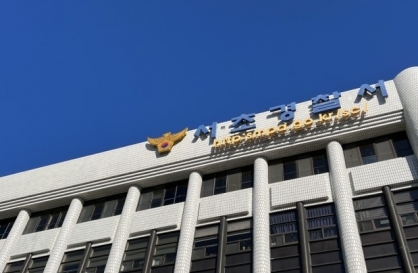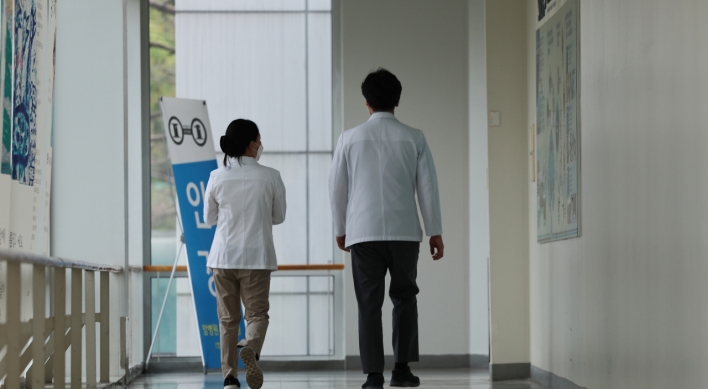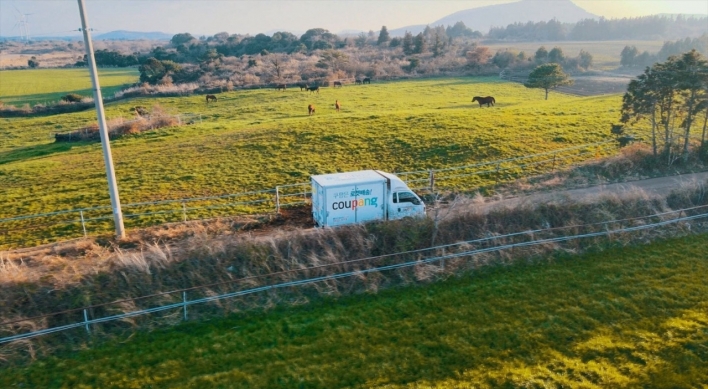Since we became wealthy enough not to worry about where the next meal comes from, our collective anxiety with food has moved on to its quality along the food supply chain.
Among the core concerning issues are agro-chemical use, pathogen contamination, ingredient adulteration, country-of-origin deception, inferior nutrition and downgraded taste.
However, few issues might cause a stronger jolt than the term “genetically modified organisms,” though in many cases we may not know exactly why our alarm goes off with the term.
We should give some thought to how to better handle our anxiety over them.
GMOs are not just for bigger, hardier, prettier fruits. The biotechnology is also used to improve nutritional content, deter pests, and produce pharmaceuticals.
Ironically, not everyone appalled by GMOs can explain how they are created and commercialized. Understanding these processes does help us factually, rather than emotionally, understand GMO controversies.
In other words, the more fluent we are in GMO language, the better we become at making informed choices. We might as well educate ourselves with the science behind GMOs before we join anti-GMO protests or trust their safety.
No GM crops are ever created with thick needles, scissors, glue sticks and demon masks, as frequently depicted.
Their creation relies on targeted changes in DNA sequences, very roughly speaking, by cutting and pasting small DNA segments, often from foreign organisms, using enzymes.
Then the GM crop is assessed for its agronomic performance in field, and most critically, safety with regard to human consumption and the environment before being approved.
Yet, it has been heavily argued that this cut-and-paste process using foreign genetic materials could pose risks to our health and biosphere, however sophisticated the technology is.
Concerns on unanticipated consequences justifiably have necessitated national and international regulatory frameworks, including mandatory labeling of GMO ingredients, import bans on select GM crops or complete prohibition of GMO research and food, depending on a country’s political stance on GMOs.
There are always strings attached to any new technology, cellphones potentially causing brain tumors or self-driving cars possibly losing control.
The same goes with GMOs, which is a good reason to adopt precautionary approaches in formulating relevant policies as the European Commission and many African countries did.
At the same time, overzealous precautions, such as a blanket ban, prevents the technology from benefiting the most vulnerable in low-income countries for improved food and nutrition security.
One much-debated example is Golden Rice -- genetically modified rice with enhanced pro-vitamin A to alleviate blindness caused by deficiency in the vitamin among children in developing countries.
Despite its proven efficacy and safety, it is not available.
The GM rice, instead, has been in regulatory limbo for a decade under a complicated approvals process.
Few issues touch us more psychologically, culturally, socially, and politically than food. And GMOs have become the elephant in the food room.
With our collective demands for more and better food with rising income and population, it is critical to help ourselves enough scientific knowledge for fair judgment and eventually reach a social consensus to maximize or abandon GM technology for humanity.
After all, our life does hinge on food.
Lee Hye-jin,
Visiting scholar.
Tufts University
Among the core concerning issues are agro-chemical use, pathogen contamination, ingredient adulteration, country-of-origin deception, inferior nutrition and downgraded taste.
However, few issues might cause a stronger jolt than the term “genetically modified organisms,” though in many cases we may not know exactly why our alarm goes off with the term.
We should give some thought to how to better handle our anxiety over them.
GMOs are not just for bigger, hardier, prettier fruits. The biotechnology is also used to improve nutritional content, deter pests, and produce pharmaceuticals.
Ironically, not everyone appalled by GMOs can explain how they are created and commercialized. Understanding these processes does help us factually, rather than emotionally, understand GMO controversies.
In other words, the more fluent we are in GMO language, the better we become at making informed choices. We might as well educate ourselves with the science behind GMOs before we join anti-GMO protests or trust their safety.
No GM crops are ever created with thick needles, scissors, glue sticks and demon masks, as frequently depicted.
Their creation relies on targeted changes in DNA sequences, very roughly speaking, by cutting and pasting small DNA segments, often from foreign organisms, using enzymes.
Then the GM crop is assessed for its agronomic performance in field, and most critically, safety with regard to human consumption and the environment before being approved.
Yet, it has been heavily argued that this cut-and-paste process using foreign genetic materials could pose risks to our health and biosphere, however sophisticated the technology is.
Concerns on unanticipated consequences justifiably have necessitated national and international regulatory frameworks, including mandatory labeling of GMO ingredients, import bans on select GM crops or complete prohibition of GMO research and food, depending on a country’s political stance on GMOs.
There are always strings attached to any new technology, cellphones potentially causing brain tumors or self-driving cars possibly losing control.
The same goes with GMOs, which is a good reason to adopt precautionary approaches in formulating relevant policies as the European Commission and many African countries did.
At the same time, overzealous precautions, such as a blanket ban, prevents the technology from benefiting the most vulnerable in low-income countries for improved food and nutrition security.
One much-debated example is Golden Rice -- genetically modified rice with enhanced pro-vitamin A to alleviate blindness caused by deficiency in the vitamin among children in developing countries.
Despite its proven efficacy and safety, it is not available.
The GM rice, instead, has been in regulatory limbo for a decade under a complicated approvals process.
Few issues touch us more psychologically, culturally, socially, and politically than food. And GMOs have become the elephant in the food room.
With our collective demands for more and better food with rising income and population, it is critical to help ourselves enough scientific knowledge for fair judgment and eventually reach a social consensus to maximize or abandon GM technology for humanity.
After all, our life does hinge on food.
Lee Hye-jin,
Visiting scholar.
Tufts University






![[KH Explains] Can tech firms' AI alliances take on Nvidia?](http://res.heraldm.com/phpwas/restmb_idxmake.php?idx=644&simg=/content/image/2024/05/07/20240507050619_0.jpg&u=)

![[Grace Kao, Meera Choi] Has money displaced romance on dates?](http://res.heraldm.com/phpwas/restmb_idxmake.php?idx=644&simg=/content/image/2024/05/06/20240506050233_0.jpg&u=)








![[K-pop’s dilemma] Time, profit pressures work against originality](http://res.heraldm.com/phpwas/restmb_idxmake.php?idx=652&simg=/content/image/2024/05/08/20240508050705_0.jpg&u=20240508171126)
![[Today’s K-pop] NCT Dream to drop pre-release from 2nd Japan single](http://res.heraldm.com/phpwas/restmb_idxmake.php?idx=642&simg=/content/image/2024/05/08/20240508050725_0.jpg&u=)